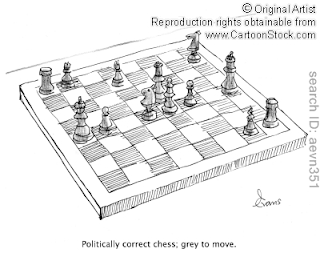SEOUL (Reuters) - North Korea's new young leader, Kim Jong-un, is married, state media said on Wednesday, putting an end to speculation over the relationship with a woman seen at his side during recent events.
North Korean leader Kim Jong-Un (C) and his wife (red), who was named by the state broadcaster as Ri Sol-ju, visit the Rungna People's Pleasure Ground in Pyongyang in this undated picture released by the North's KCNA on July 25, 2012. REUTERS/KCNA |
The announcement, which fits a trend the upbeat Kim has followed to break out of the dour management style of his late father, Kim Jong-il, came just two weeks after he was seen at a gala performance accompanied by the woman, with rumours swirling as to whether she was his wife, lover or sister.
"Kim Jong-un's move appears to give the youth hoping for change, especially young women, a favourable impression of him although it can make conservative old North Koreans uncomfortable," said Cheong Seong-chang, a senior fellow at the Sejong Institute think tank.
"Although Kim Jong-un continues a one-man dictatorship, he is expected to have a more open attitude in culture than in the Kim Jong-il era."
Some observers in South Korea speculated she was a singer, Hyon Song-wol, he dated years ago before his father put a stop to it, but who was now back on the scene.
But the North Korean state broadcaster named his wife as Ri Sol-ju, without giving details. It is not clear when the two tied the knot.
Recent TV footage showed the two laughing with each other, touching a child's hair together and clapping while watching a performance featuring western show tunes and Mickey Mouse.
"While a welcoming song was playing, our party and people's supreme leader, Marshal Kim Jong-un, came out from a ceremony of the completion (of a 'pleasure ground') with wife, Ri Sol-ju," it said.
Kim, in his late-20s, took over the family dynasty last December with the death of his father, whose rule took North Korea deeper into isolation, abject poverty and large-scale political repression.
KIM DID IT HIS WAY
Since then he has taken a more glitzy approach, at least on the surface, to ruling a country which is locked in a stand-off with the West over its nuclear weapons programme.
Once the official mourning period was over, the youngest Kim to rule North Korea was seen laughing with fusty old generals, gesticulating in delight at a military parade and, the biggest shock of all, speaking. Most North Koreans went to their graves never having seen Kim the elder speak.
Kim the younger has steadily worked to impose his own stamp on the top leadership of North Korea, and on Sunday ousted Vice Marshal Ri Yong-ho, the country's leading military figure, who was seen as close to Kim Jong-il.
Kim was named marshal of the army in a move that adds to his glittering array of titles and cements his power. He already heads the Workers' Party of Korea and is First Chairman of the National Defence Commission.
He is also gearing up to experiment with agricultural and economic reforms after purging Ri Yong-ho for opposing change, a source with ties to both Pyongyang and Beijing told Reuters earlier.
This month's unusual gala performance, where Kim was seen with his wife, featured Walt Disney's "It's A Small World", a thumping rock version of the theme tune to "Rocky" and Frank Sinatra's "My Way", a song that might have particular appeal to the Kim family, whose word is law in North Korea.
Bizarrely for a state which frequently voices its loathing for all things American, it featured a cast of Disney characters, including Winnie the Pooh and Minnie Mouse.
The family does have a previous Disney connection: the ruler's elder brother, Kim Jong-nam, said he was on his way to Tokyo Disneyland when he was caught illegally entering Japan in 2001.
(Editing by Nick Macfie)
Related post:
Who is this mystery woman from North Korea?




